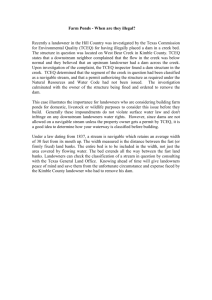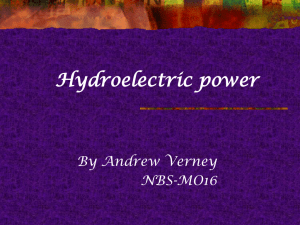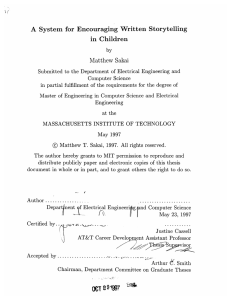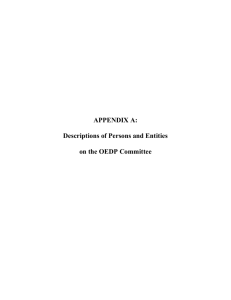Arguments against the hydro dam proposal
advertisement
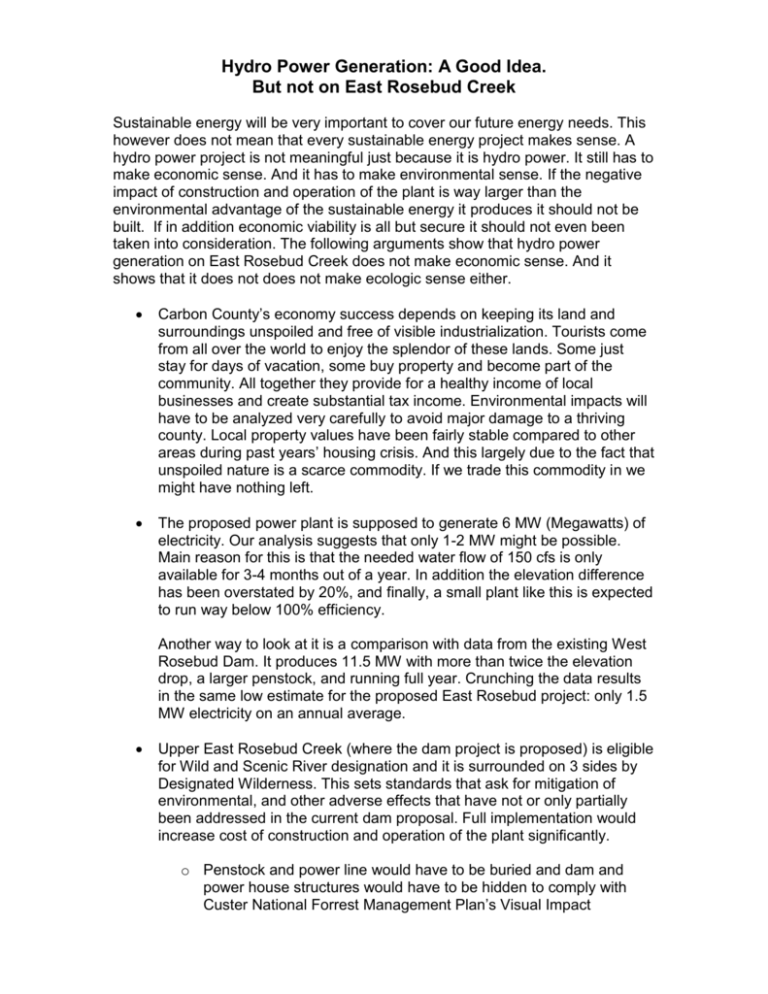
Hydro Power Generation: A Good Idea. But not on East Rosebud Creek Sustainable energy will be very important to cover our future energy needs. This however does not mean that every sustainable energy project makes sense. A hydro power project is not meaningful just because it is hydro power. It still has to make economic sense. And it has to make environmental sense. If the negative impact of construction and operation of the plant is way larger than the environmental advantage of the sustainable energy it produces it should not be built. If in addition economic viability is all but secure it should not even been taken into consideration. The following arguments show that hydro power generation on East Rosebud Creek does not make economic sense. And it shows that it does not does not make ecologic sense either. Carbon County’s economy success depends on keeping its land and surroundings unspoiled and free of visible industrialization. Tourists come from all over the world to enjoy the splendor of these lands. Some just stay for days of vacation, some buy property and become part of the community. All together they provide for a healthy income of local businesses and create substantial tax income. Environmental impacts will have to be analyzed very carefully to avoid major damage to a thriving county. Local property values have been fairly stable compared to other areas during past years’ housing crisis. And this largely due to the fact that unspoiled nature is a scarce commodity. If we trade this commodity in we might have nothing left. The proposed power plant is supposed to generate 6 MW (Megawatts) of electricity. Our analysis suggests that only 1-2 MW might be possible. Main reason for this is that the needed water flow of 150 cfs is only available for 3-4 months out of a year. In addition the elevation difference has been overstated by 20%, and finally, a small plant like this is expected to run way below 100% efficiency. Another way to look at it is a comparison with data from the existing West Rosebud Dam. It produces 11.5 MW with more than twice the elevation drop, a larger penstock, and running full year. Crunching the data results in the same low estimate for the proposed East Rosebud project: only 1.5 MW electricity on an annual average. Upper East Rosebud Creek (where the dam project is proposed) is eligible for Wild and Scenic River designation and it is surrounded on 3 sides by Designated Wilderness. This sets standards that ask for mitigation of environmental, and other adverse effects that have not or only partially been addressed in the current dam proposal. Full implementation would increase cost of construction and operation of the plant significantly. o Penstock and power line would have to be buried and dam and power house structures would have to be hidden to comply with Custer National Forrest Management Plan’s Visual Impact o o o o o o o Requirements. Only burying of penstock will allow unhindered wildlife migration. Appropriate fish screens and upstream fish bypass facilities would have to be included in the dam structure. Mitigation of impacts on endangered, threatened, and sensitive species like Grizzly Bear, Canada Lynx, Wolverine, Bald Eagle and Peregrine Falcon has not been addressed. Measurements to avoid spreading of aquatic nuisance species due to lower water flow have not been taken into account yet. Weed management during construction and monitoring thereafter will probably take way more effort than anticipated. Mitigation of impacts on prehistoric artifacts has not been addressed. Additional cost will arise from road improvements to East Rosebud Road which will otherwise not be able to handle heavy truck traffic during construction. Additional 3.5 miles of power lines to connect to the grid through private land with covenants to burry all utilities have not been taken into account. We are afraid of a situation where a power project that is not feasible economically is made viable by environmental shortcuts that destroy the natural beauty of this area forever and/or by unacceptable increases in power costs (the example of the Highwood Power Plant shows how fast this can happen). We are also afraid that a project might be started without taking all cost into account which might lead to financial problems or even bankruptcy of the project company later on without funds left to remedy the done damage to the area. According to the National Hydropower Association only 3% of the nation’s 80,000 dams are utilized for power generation. Future hydro power projects should focus on these existing dams first. There are 177,000 miles of streams in Montana. Only 0.6% (1100 miles) of these have been found eligible for Wild and Scenic Designation. Let us leave this small part unspoiled forever. 875 concerned residents and friends of the area have signed our petition to stop the project and preserve East Rosebud Creek. Please join in. For updates on this project and to assist us saving the beauty of East Rosebud Creek please go to www.saveeastrosebud.org .




